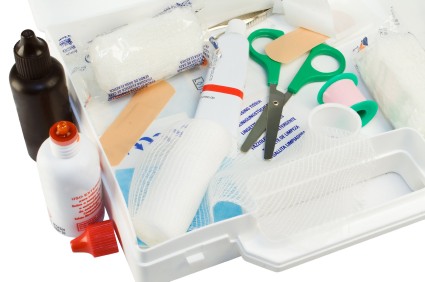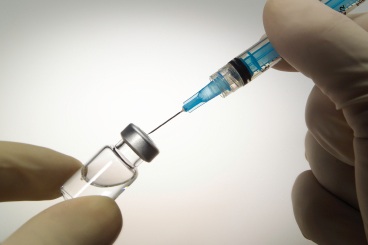
People’s attitude to the world of the disabled is changing rapidly. This is perhaps due to a greater understanding...

My friend’s four-year-old daughter, Tania, loves the daycare centre she goes to. She enjoys the home environment, the laidback...

You are feeling giddy and nauseus. Your menstrual cycle has been delayed. Things don’t seem quite right. You might...

Children seem to grow at a fast pace and there comes a time when she seems ready for her...

While speaking of somebody with a visual impairment we would be referring to a person who is either partially...

You often hear the phrase ‘balanced diet’ and its advantages, particularly for pregnant mothers and growing children. What does...

Every home needs a first aid kit! It’s a bit like insurance: you hope you’re not going to need...

Last year, while holidaying in Europe, I conceived my first baby. I was not overjoyed, perhaps because both my...

What does creativity in education mean? It not only implies an original approach towards tackling the same old lessons...

Do you wonder why the shampoo that you have been using for the past five years suddenly makes your...

























